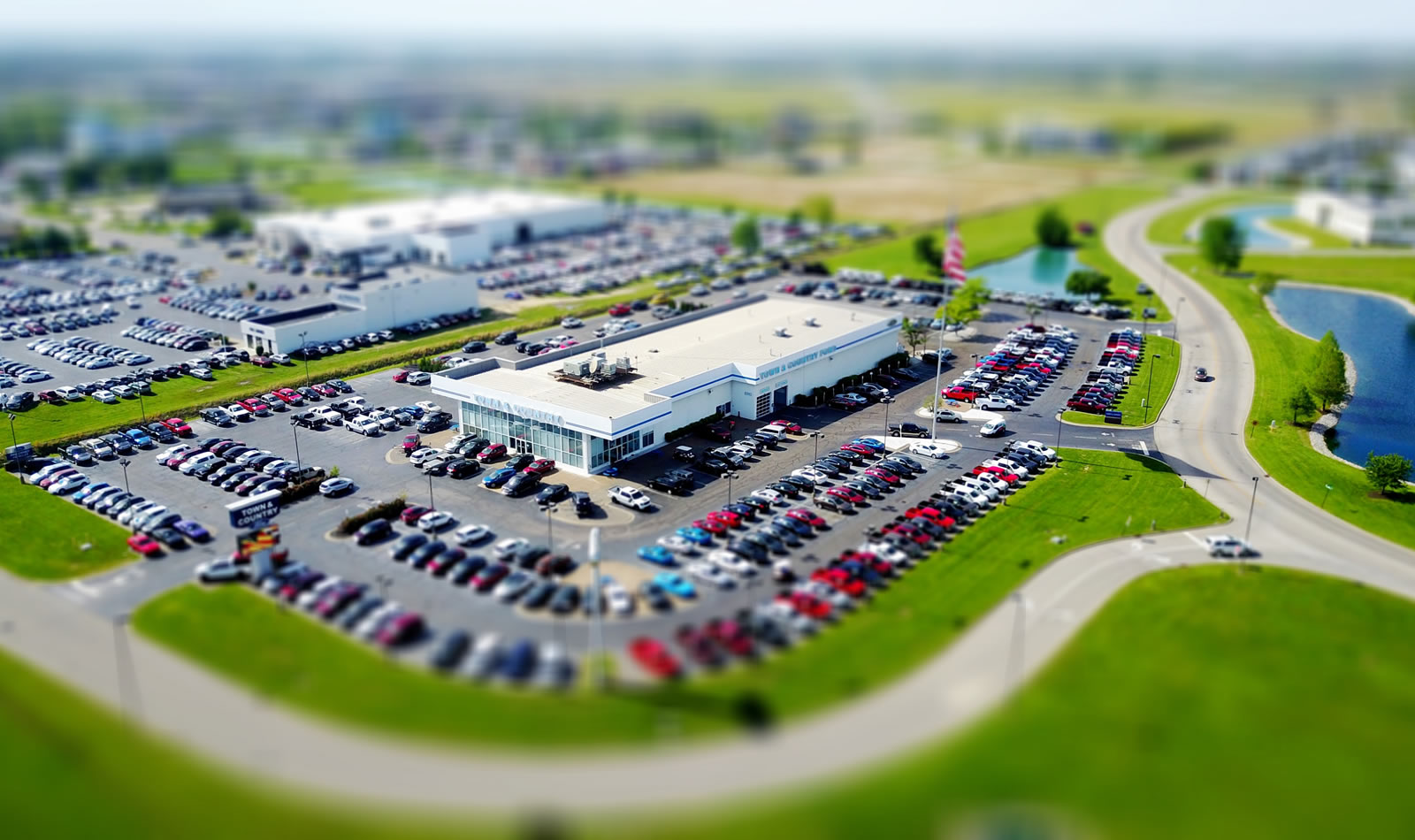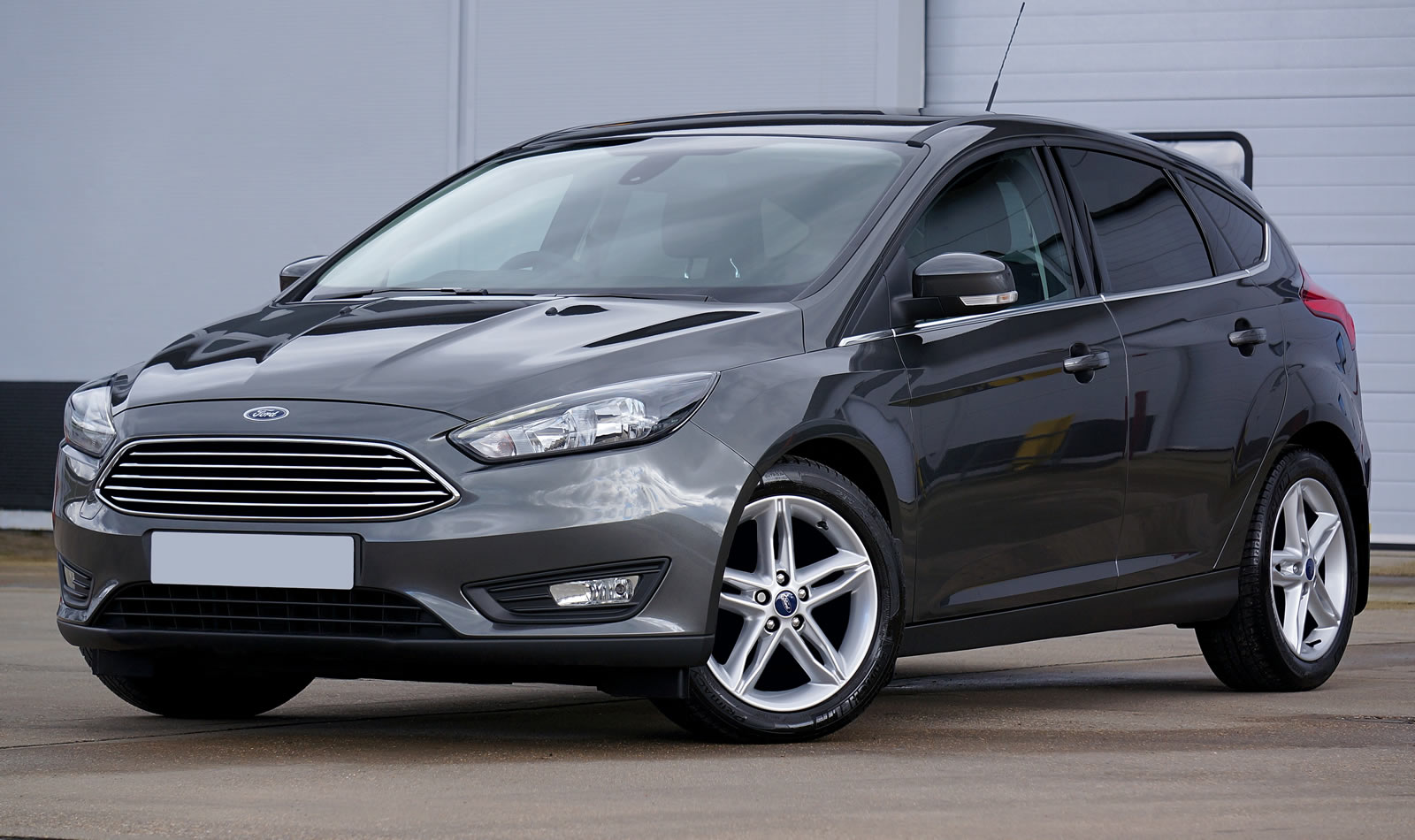
Most people do not know the history of the car business in this country since World War II. Shortly after the war the manufacturers broke down their war production and started to produce the same cars that they did in 1941.
The History of the Used Car
They were bulky and had little refinement. There was no provision for used cars, so in the days before the Manufacturer’s Suggested Retail Price sticker, the price was a hidden thing. If you came in and wanted $200 dollars for your car that $1800 Chevy became a $2,000 Chevy and they “gave” you $200 for your car and rolled it out to the back lot.
Most car dealers were set up around their service department, which was the profit center for the company. In the early 1950’s a problem was arising and a whole bunch of used cars were piling up in the back lots. At that time several manufacturers were verging on bankruptcy and Packard, Hudson and Nash were about to join into American Motors. Packard was particularly hard hit and the Victor Frank Packard dealership was about to close its doors. One of the salesmen suggested that they sell the used cars. The problem was that most cars sold for cash, since the banks, in the days before N.A.D.A and K.B.B., could not put value on cars for loans. So it was suggested you take a car with a $50 cash price, take $20 dollars down and $2 a week for a year. All of a sudden, you had $124 for a $50 dollar car, that the dealer had nothing in, the used car industry in the United States was born.
The Auto sales industry was very much a cash and carry institution prior to 1956 when Ford launched its “56 for a 56” campaign that you could buy a 1956 Ford for a down payment and $56 a month. It was a raging success and set up Ford to outsell Chevrolet in 1957 for the first time in a generation. Ford Motor Credit was born with GMAC and Chrysler Credit soon to follow and the banks would soon jump in too. However, there were some that still did not fit into the nice little bubble that was being created, and “buy here, pay here” continued.
Changing Times and Markets
As time progressed, dealers came up with new ways to keep the costs down and the profits up, particularly at the buy here pay here dealers. Taking two cars, cutting them up and making one good car or rolling back the odometer with a hand drill were among the most popular and dealt with by federal regulation fairly quickly. But buy here pay here was not a big player in the auto industry again until the mid to late 70’s with the economy faltering a bit.
As more bankruptcies began occurring, buy here pay here grew. In the 90’s and early 00’s the number of dealers exploded as banks and dealers ratcheted up credit requirements. Dealers learned to deal with the risk of the clientele that would seek them out. Add some figure to the price, say $2000 dollars, that would be an insurance fund against default and charge the customer interest on that money. That practice in still in vogue today.
More Options Today
Fortunately, today there are different options available to customers. There are online financing opportunities offered to people with less than stellar credit. It allows you to apply the rule that has always been true in the auto industry, Cash is King. You can pre-approve an amount with a specified down payment for a specific type of car, and then shop. For once the customer has the edge; you know exactly the price that you need to hit and the lender has done much of the research to tell you what is a good deal. From there, you go to the dealer and negotiate. It frees your mind and gives even the credit-challenged the ability to get the most car possible for the money, a good feeling for all
Today, with the advent of online financing, the customer has finally come out of the shadows created so long ago Using online options, they can actually breathe easy and know that they are in control and will get the best deal.















